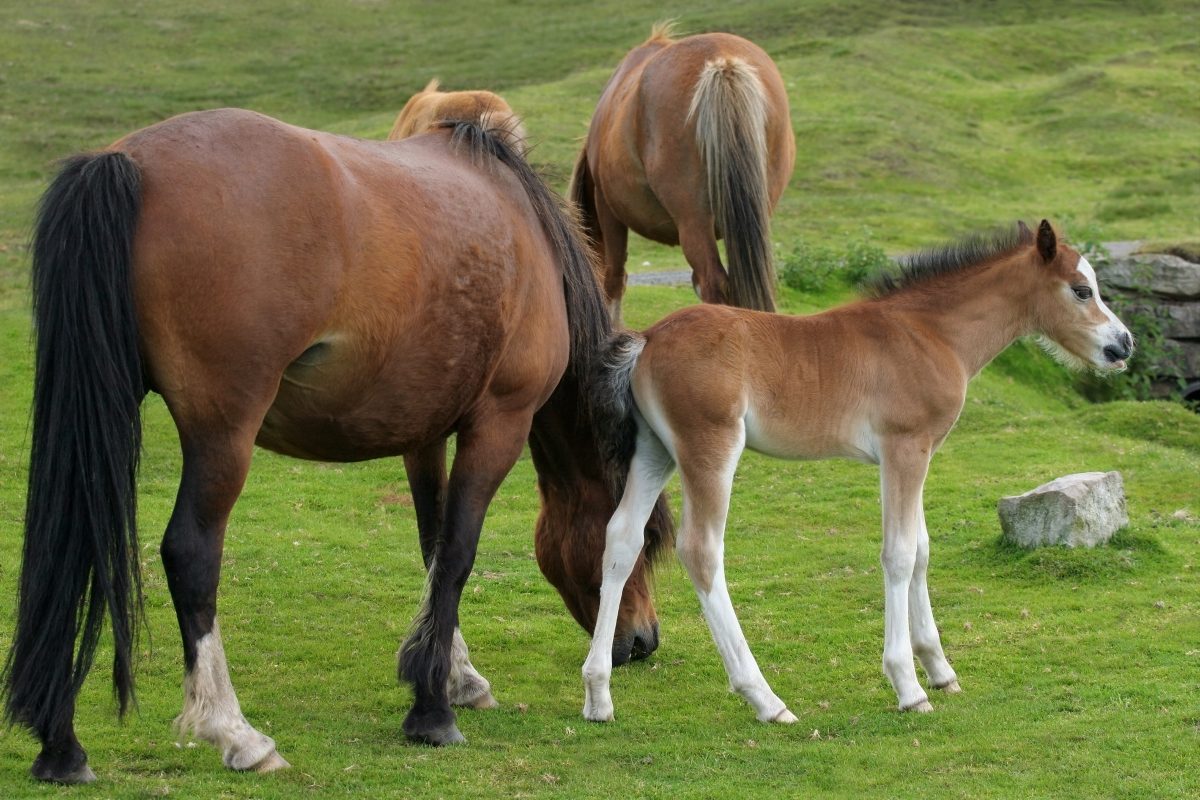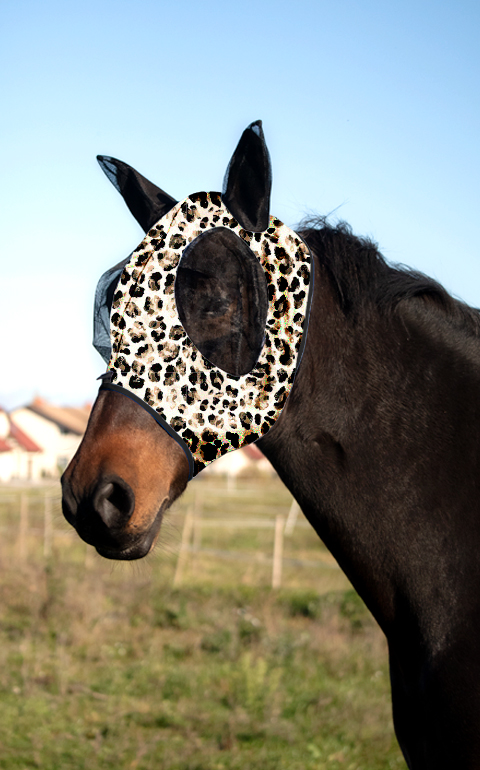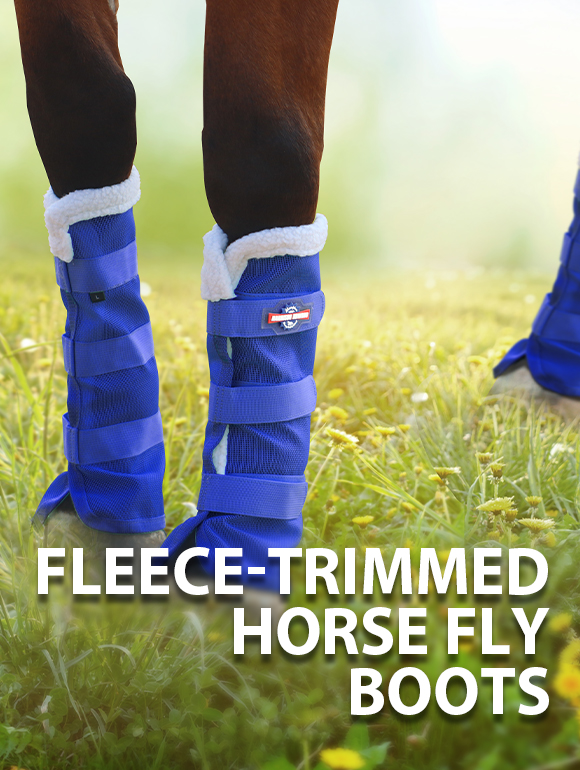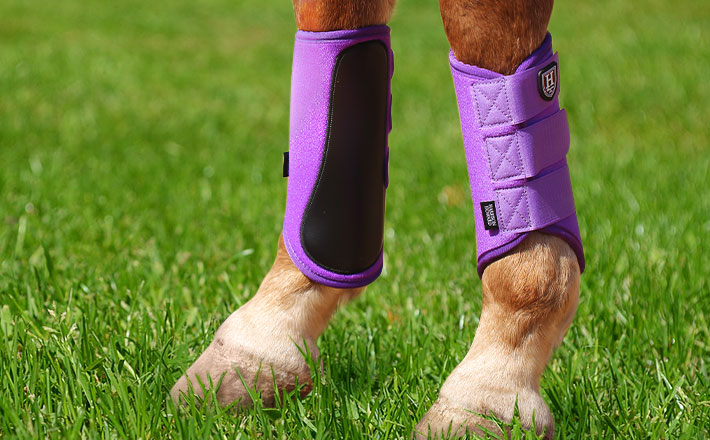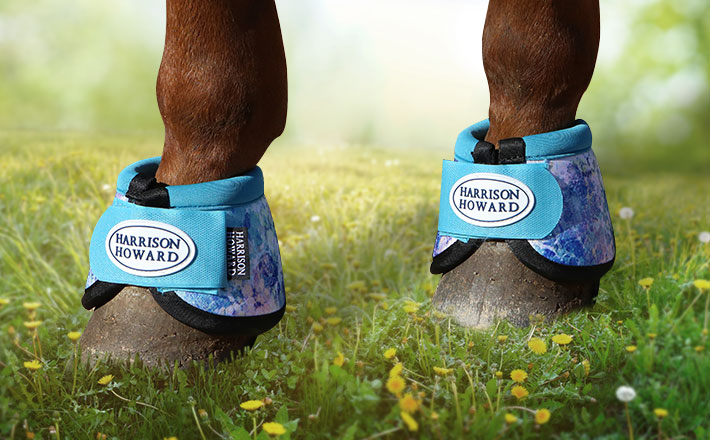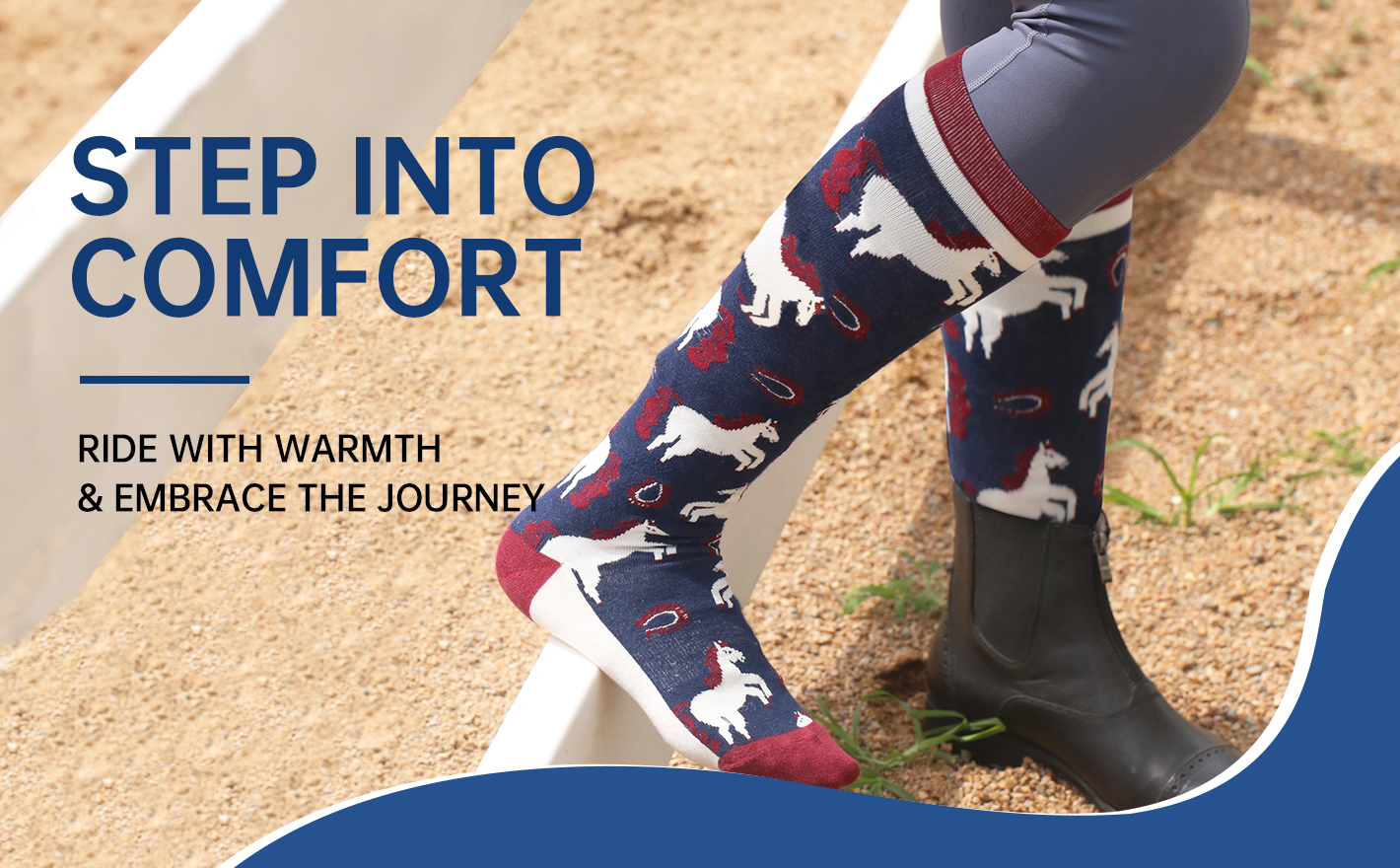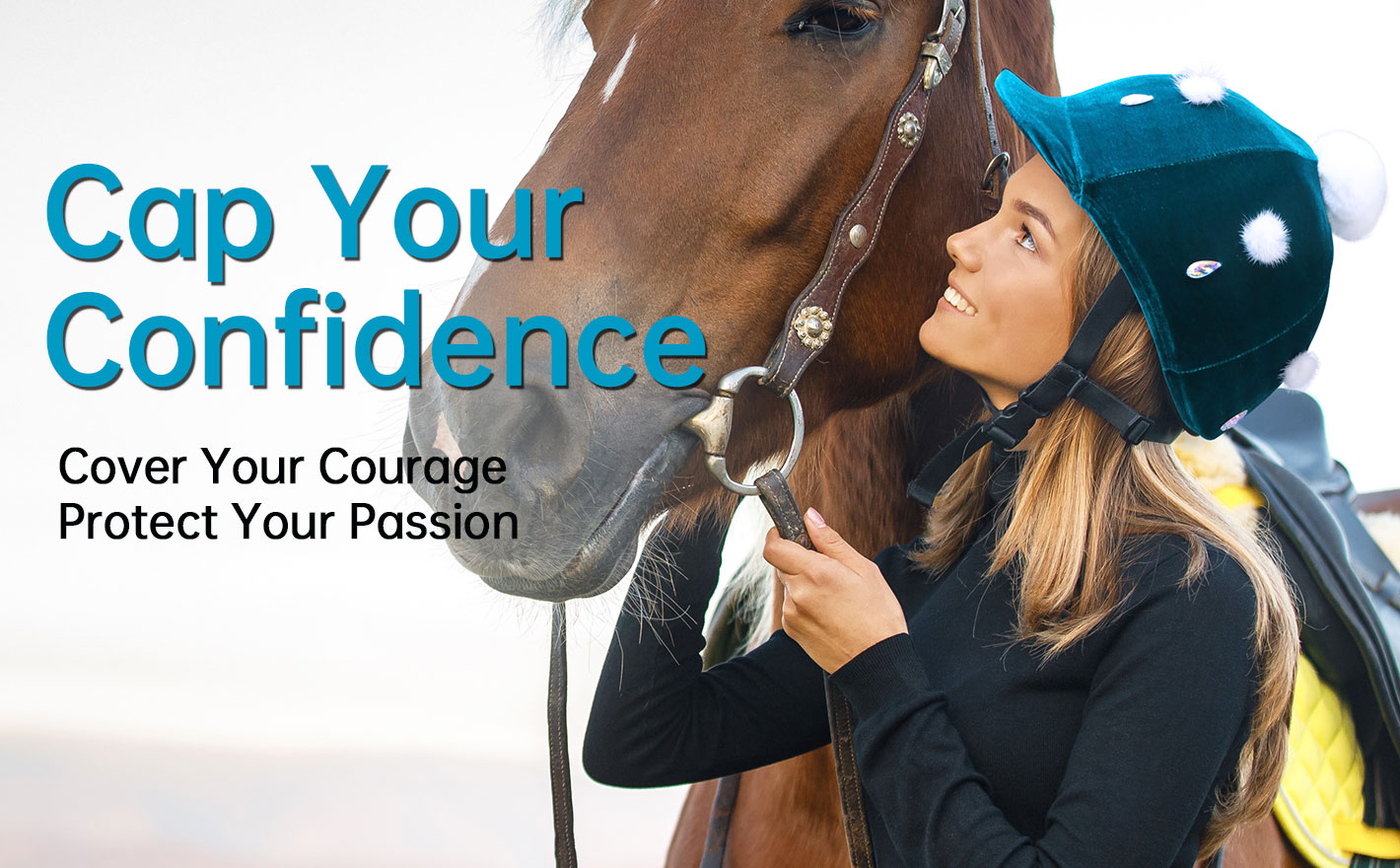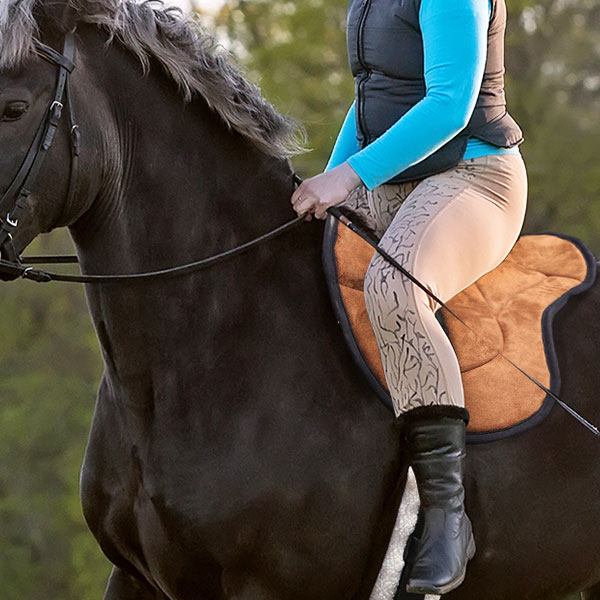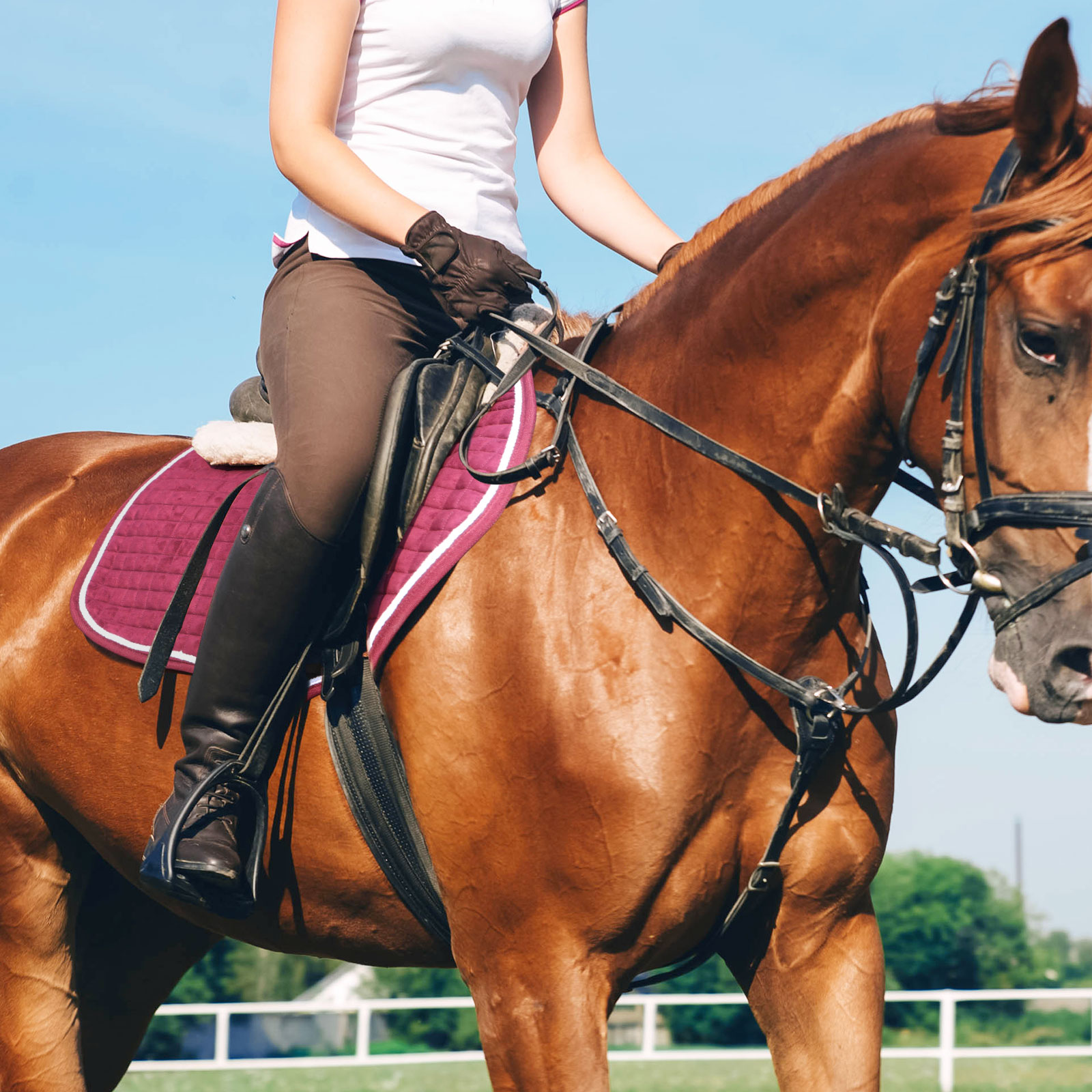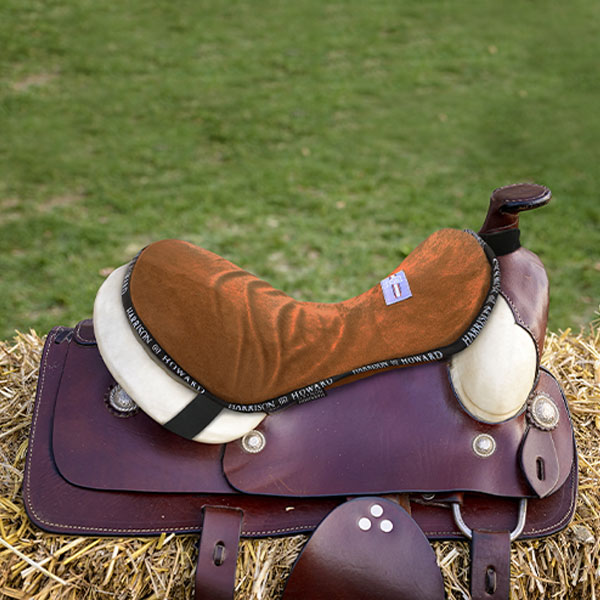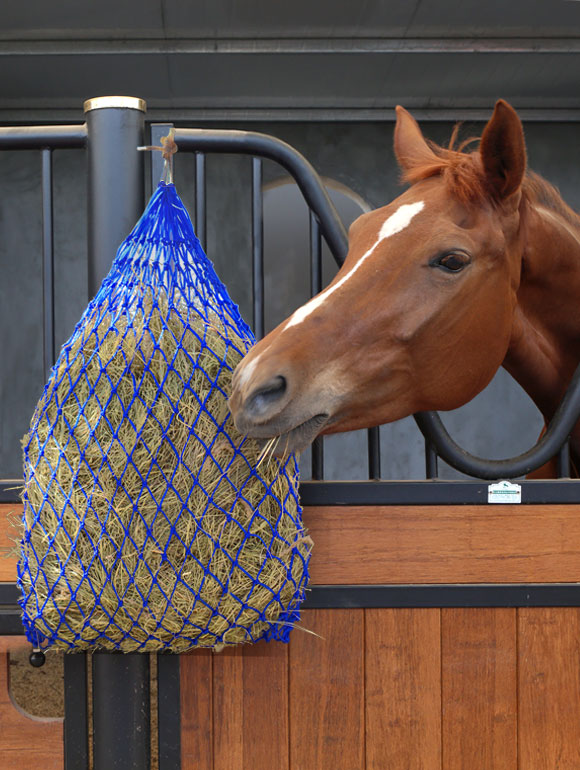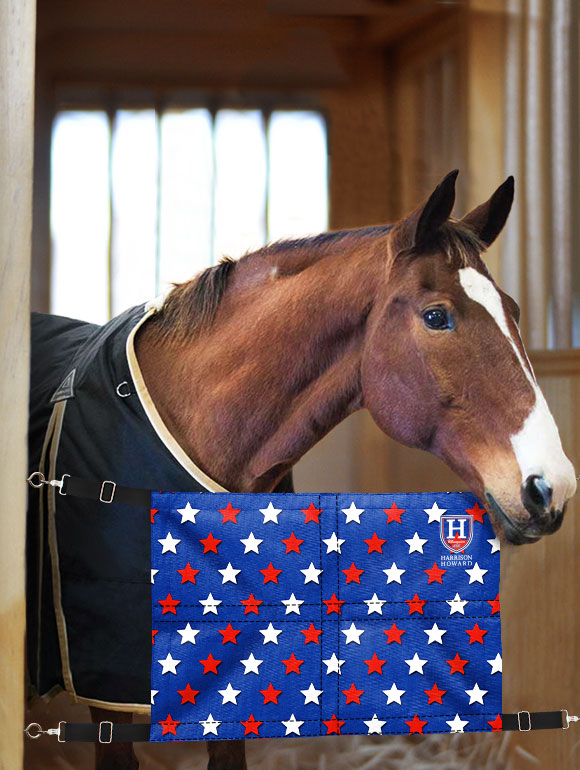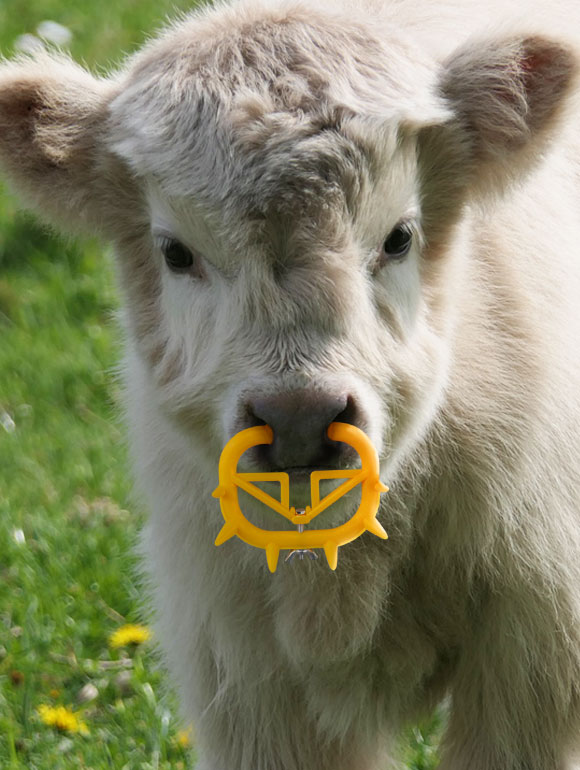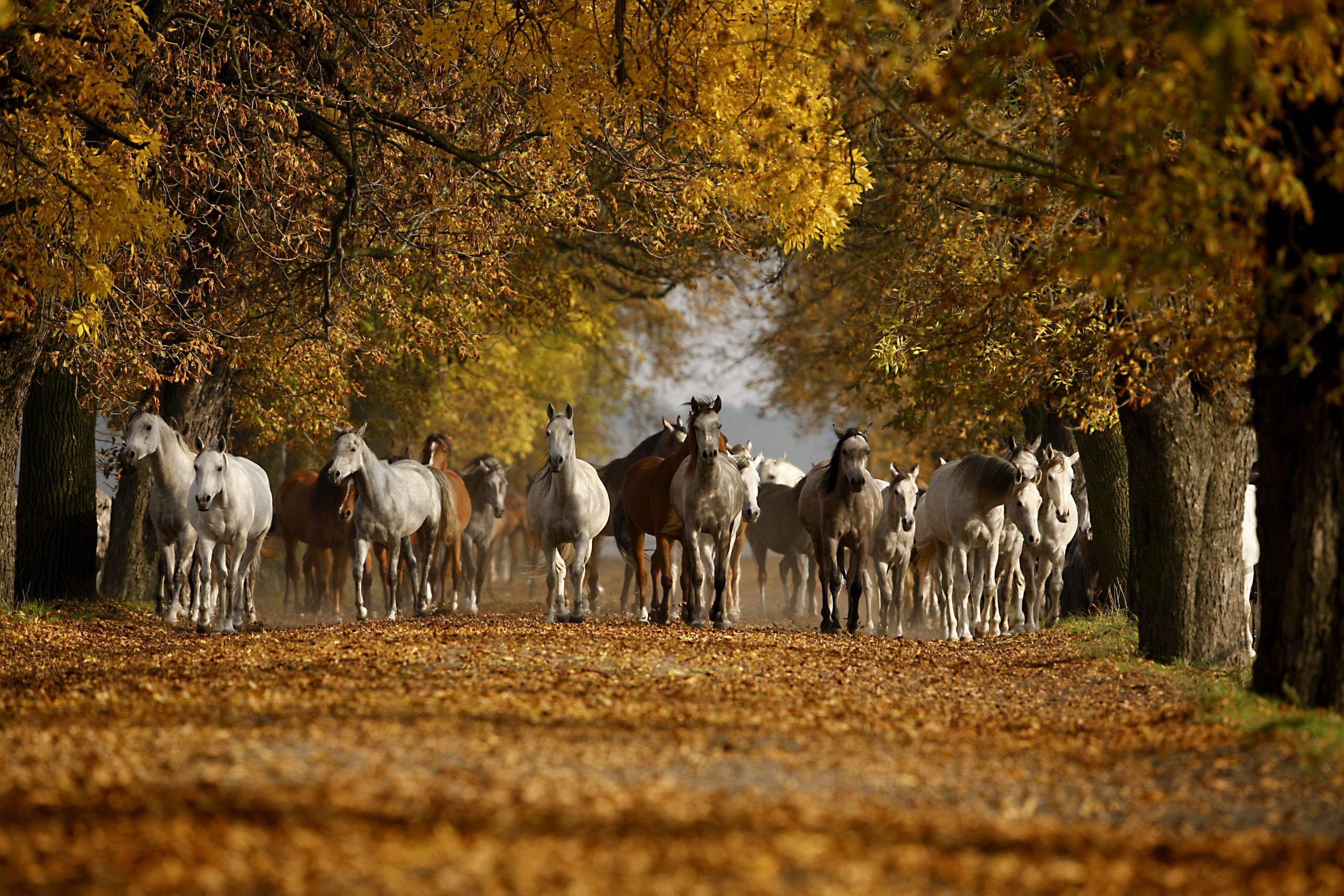From the outside, a herd looks simple — a bunch of horses grazing peacefully in a field.
But spend five minutes actually watching them, and you’ll realize something:
there is an entire society at work out there.
A society with rules, rituals, relationships, and the occasional dramatic argument about absolutely nothing.
The Unofficial Ranking System (That Horses Take Very Seriously)
Every herd has a social order, but unlike human office politics, horses keep things refreshingly straightforward.
There’s usually:
- A leader (often not the biggest horse, but the smartest).
- A lieutenant (the one who says “I’ll listen… unless I have a better idea”).
- Several middle members (perfectly content, unless snacks get involved).
- And the baby of the group (who believes everyone loves them, and is usually correct).
These roles shift subtly over time — a new horse joins, someone becomes more confident, someone becomes more food-motivated than usual — and the herd adjusts without fuss.
Communication: Quiet, Constant, and Surprisingly Sophisticated
Horses talk all day long without saying a single word.
A pinned ear means “back up, buddy.”
A lifted head means “did you hear that?”
A tail swish might mean “I’m annoyed” — or “a fly is annoying me,” which, to be fair, is basically the same thing.
Most conversations are quick, polite, and resolved in seconds.
Horses don’t hold grudges.
(Unless someone steals their favorite grazing spot. That they remember.)
Personal Space: A Sacred Concept
In a herd, personal space is everything.
Two centimeters can separate:
- “I enjoy your company,”
from - “Why are you breathing in my direction?”
Yet even the most space-conscious mare will allow a close, comfortable companion — her chosen friend — to stand so near they share the same air.
Yes, horses have best friends.
They don’t pretend otherwise.
Safety in Numbers (And In Shared Suspicion of Plastic Bags)
A herd works because every horse contributes to its safety.
One keeps watch.
One leads the way.
One investigates suspicious objects (usually bravely… within limits).
One spooks first so the others know there might be danger.
One stays calm so the others realize it probably wasn’t danger after all.
Together, they become a finely tuned alarm system, but with more tail swishing.
Why Herd Life Matters — Even for the Domesticated Horse
Even horses who live in stables still think like herd animals.
It’s part of who they are:
- They seek company.
- They rely on subtle cues.
- They relax more deeply when another horse is nearby.
- They build relationships that affect confidence, training, and wellbeing.
In short:
a horse doesn’t stop being a herd creature just because it has a human of its own.
And Maybe That’s the Most Beautiful Part
To a horse, the world makes sense when it’s shared.
Shared grazing.
Shared naps.
Shared responsibility for detecting imaginary predators.
A herd is more than a group.
It’s a community — one built on quiet understanding, mutual trust, and the comforting knowledge that someone always has your back… even if that someone panics at a butterfly.
